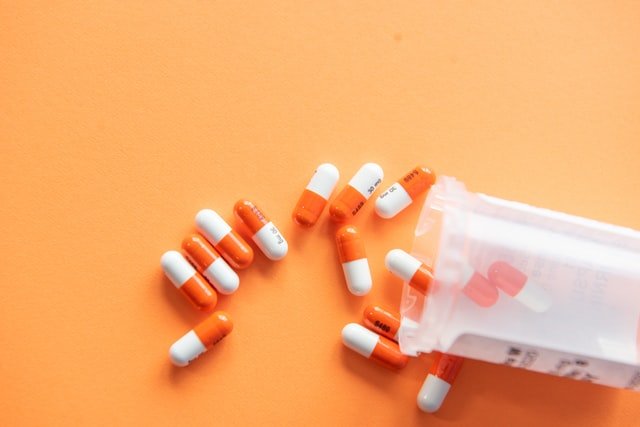The main idea behind creating Taboo Talks a public website is to let people feel free to share their experiences, ideas, views or content on topics they consider taboo.
What are Biopolymers? How can it use as Drug Delivery System?
Biopolymers are polymers produced from biobased materials, and they are also biodegradable. Cellulose and starch, proteins and peptides, DNA and RNA, are all examples of biopolymers, in which the monomeric units, respectively, are sugars, amino acids, and nucleotides.
There are four main types of biopolymer:
1.) Starch
2.) Sugar
3.) Cellulose
4.) Synthetic materials.
Starch
The starch-based polymer is a natural polymer that occurs as granules in plant tissue, from which it can quickly be recovered in large quantities. It is obtained from potatoes, maize, wheat, tapioca, and similar sources
Sugar:
Sugar-based biopolymers are the starting materials for poly-hydroxybutyrate made from sucrose or starch through the process of bacterial fermentation
Cellulose:
Cellulose, the most abundant renewable resource on the planet, is the major structural component in plant cell walls. Besides plants, some species of bacteria, algae also biosynthesize cellulose.
Synthetic materials:
Synthetic compounds derived from petroleum can also be a starting point for biodegradable polymers. These polymers have technical properties resembling those of polyethylene (LDPE). Although these polymers are produced from synthetic starting materials, they are fully biodegradable and compostable.
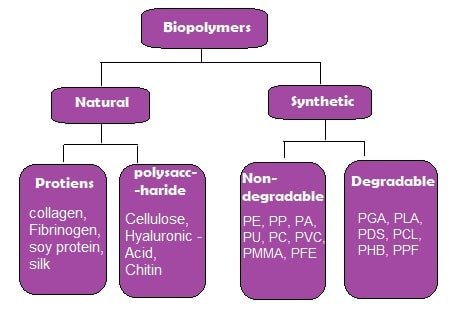
What is a Drug Delivery System (DDS)?
Drug delivery is a multidisciplinary field that constitutes knowledge from chemistry, pharmaceutical sciences, medicine, and engineering. A drug delivery system (DDS) is defined as a formulation or a device that enables a therapeutic substance to selectively reach its site of action without getting the non target cells, organs, or tissues.
Bio-based materials are considered vital ingredients for the engineered drug delivery systems because of their stability, availability, renewability, and low toxicity. Suitable chemical modifications of biomaterials are needed with unique properties of their use in drug delivery systems.
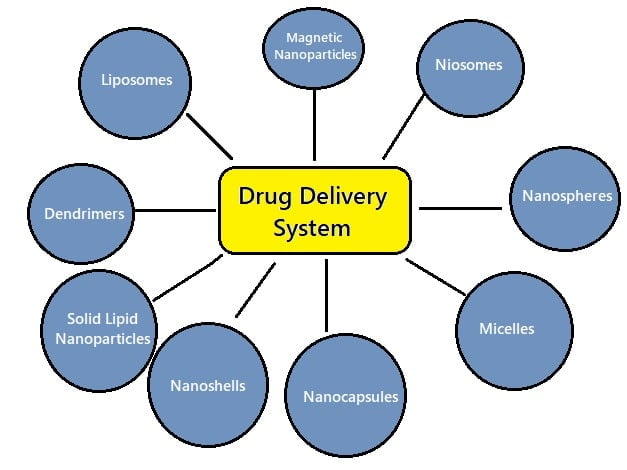
Biopolymers use in drug delivery
Many biopolymers can be used in drug delivery, such as collagen, albumin, gelatine, agarose, chitosan, and a lot more. In the drug delivery field, various biodegradable polymers are extensively used as these biopolymers are degraded biologically to non-toxic components inside the body.
What is Collagen?
Collagen is the most abundant protein in our body, accounting for about one-third of its protein composition. It’s one of the primary building blocks of bones, skin, muscles, tendons, and ligaments. Collagen is also found in many other body parts, including blood vessels, corneas, and teeth.
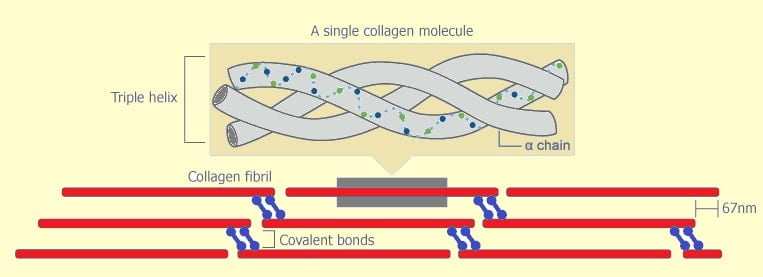
- The main applications include collagen for burn/wound cover dressings, osteogenic and bone filling materials; anti-thrombogenic surfaces; and immobilization of therapeutic enzymes.
- Collagen-based drug delivery systems include injectable microspheres based on gelatine (a degraded form of collagen); implantable collagen-synthetic polymer hydrogels; interpenetrating networks of collagen; and synthetic polymers collagen membranes for ophthalmic delivery.
Working of collagen The most abundant protein in the body is collagen. The role of collagen in wound healing is to attract fibroblasts and encourage the deposition of new collagen to the wound bed. Collagen dressing technology helps stimulates new tissue growth while promoting autolytic debridement, angiogenesis.
What is Chitosan?
Chitosan is a versatile polysaccharide of biological origin. Due to chitosan’s biocompatible and biodegradable nature, it is intensively utilized in biomedical applications in scaffold engineering as an absorption enhancer and for bioactive and controlled drug release. In cancer therapy, chitosan has multifaceted applications, such as gene delivery and chemotherapeutic delivery, and as an immunoadjuvant for vaccines.
Chitosan as Gene Delivery Vehicle for Cancer Therapy
Mechanism of gene therapy:-In gene therapy, a gene of interest that has been implicated in cancer pathology is altered or manipulated by delivering exogenous nucleic acid material into the tumor cells. However, when nucleic acid therapeutics are systemically administered, they encounter many hurdles across their circulation to reach the target tissue in the human body that might reduce their therapeutic potential.
These hurdles include short plasma half-life due to enzymatic degradation and rapid bio-clearance of nucleic acid therapeutics from the circulation. In vivo circulating nucleic acid therapeutics also face cellular entry limitations, such as charge-based repulsion from cell membranes and poor endosomal escape. To overcome these barriers, delivery vehicles are required for nucleic acids.
What is Albumin?
Albumin is a protein made by the human liver. Albumin helps keep fluid in our bloodstream, so it doesn’t leak into other tissues. It also carries various substances throughout our body, including hormones, vitamins, and enzymes. Low albumin levels can indicate a problem with your liver or kidneys.
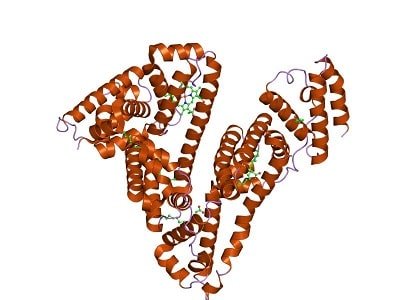
Why is albumin used in DDS?
Albumin is a natural transport protein with multiple ligand binding sites and cellular receptor engagement. The exploitation of these properties promotes albumin as an attractive candidate for half-life extension and targeted intracellular delivery of drugs attached by covalent conjugation, genetic fusions, association, or ligand-mediated association.
Albumin as a drug carrier:
Albumin is playing an increasing role as a drug carrier in the clinical setting. Principally, three-drug delivery technologies can be distinguished:
1.) Coupling of low-molecular-weight drugs to exogenous or endogenous albumin.
2.) Conjugation with bioactive proteins.
3.) Encapsulation of drugs into albumin nanoparticles.
Drug delivery applications of biopolymer modified with nanoparticles
What are Nanoparticles?
A nanoparticle or ultrafine particle is usually defined as a particle of matter between 1 and 100 nanometres (nm) in diameter.( 1nm = 10-9 m).
Nanoparticles are generally used in biological pathways to achieve drug delivery to cellular and intracellular targets, including transport through the blood-brain barriers.
Owing to their small size, nanoparticles can quickly enter host cells and circulate through the body. They are suitable for site-specific delivery vehicles to carry large doses of chemotherapeutic agents. The modification of nanoparticles with various types of biopolymers can also contribute to their efficiency.
Biomedical applications of gold nanoparticles (AuNPs) are also increasing as drug delivery agents to diagnose heart diseases, cancers, infectious agents, and cancer therapy.
Controlled Drug Delivery Systems using nanoparticles
DDS can be rate programmed; it can be achieved by using natural and semisynthetic membranes, which hold the drug in its core. The drug release from the DDS is controlled using controlling the diffusion of the drug from the membrane of the DDS.
External or internal stimuli can modulate the release of a particular drug from a DDS. The rationale behind activation modulated DDS is that different organs have different biological environments (physical, chemical, electrical, and biochemical).
For example, different organs have different pHs, such as blood (pH 7.4), tumor tissues (pH 6.5–7.2), lysosomes (pH 4.5–5.0), and gastrointestinal tract (pH 6.2–7.9), which makes it possible for the pH-responsive DDS to release the drug only in the region it is aimed at.
Effective drug delivery system of biopolymer network based on hydrogels
What are Hydrogels?
A Hydrogel is a network of cross-linked polymer chains that are hydrophilic, sometimes found as a colloidal gel in which water is the dispersion medium—a three-dimensional solid results from the hydrophilic polymer chains being held together by cross-links.
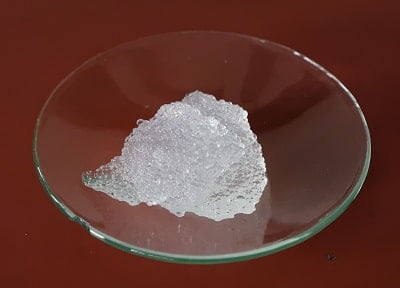
Hydrogels play a vital role in the development of DDS. Hydrogels can be grafted onto biomaterials by physisorption, physical entrapment(Entrapment means physical enclosure of a biomolecule in a small space), and polymerization. Natural hydrogels, in particular, different derivatives of the extra-cellular matrix, such as protein and polysaccharide (A polysaccharide is a large molecule made of many smaller monosaccharides. Monosaccharides are simple sugars, like glucose)materials have proved suitable in terms of medicinal applications.
The principal market of biomaterials is cardiovascular implants, orthopedic implants, intravascular, urinary tract catheters, wound dressing, biosensors, and controlled release devices. The biocompatibility of these biomaterials can be improved by coating them with hydrogels.
The body is a machine that follows Physics laws and is made up of several Chemical substances. The human body is a complicated machine that functions over hormones. It can happen whenever some part of the body is not working correctly; keeping the Physics laws and using several Chemical reactive substances can fix that part.

